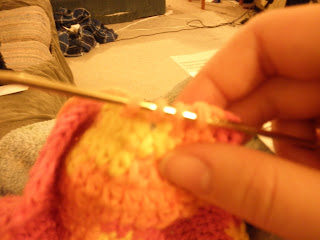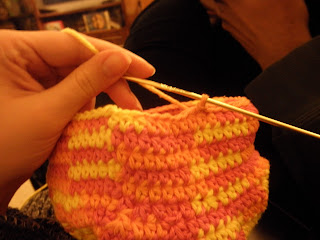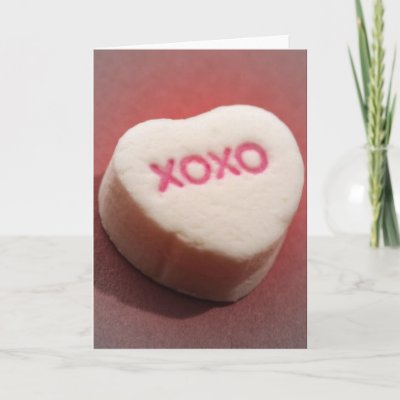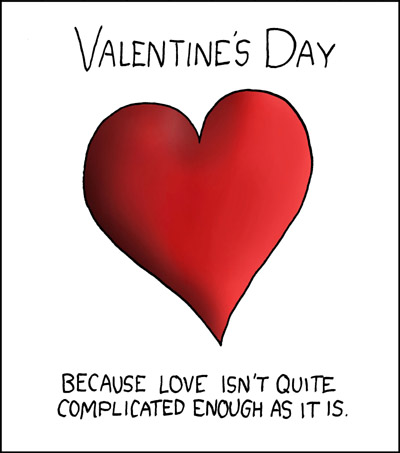ZzzziiiiIIIIiiiipppp.
The sound is common throughout daily life. Jeans, dresses, backpacks, purses, briefcases, hoodies, skirts, coats, baskets, bags…pretty much any necessity of everyday life comes with the handy fastener.
But just how much do we appreciate the humble zipper? This tool has slowly made its way into the world, taking 66 years to evolve into any type of marketable form. Since then, it has been a fashion faux-pas, a fashion necessity, hideous, a sign of glamour, a sexual icon and a method of keeping decent.
The original visionary of this “Clasp Locker” was Elias Howe. This ingenious little device was displayed at the 1893 Chicago World’s Fair, but went largely unnoticed. His other invention, the sewing machine, suitably distracted him for the remainder of his life.
When Gideon Sundback added many of the key components on today’s zippers (more teeth, a slider and a machine to make it all) in 1917 his “separable fastener” was uninteresting to most. Only the US Army thought the device useful, and troops marched into WWI wearing the time-saving zipper.
In the 1930’s a very clever ad campaign pitched the zipper towards parents of young children. Buttons too difficult for your child? Does he get frustrated putting on his clothing? Try a zipper! Now you can teach your child self-reliance. (Not to mention get him into bed faster!) [advertisement not a quote]
Then the Duke of Windsor, a noted fashion-plate and general scandal-creator, adopted trouser flies. “Heeeeey duuuke, ya barn door is open!” His noted acceptance helped push the “Battle of the Fly” in 1937 to new heights. Designers tended to distain the victor, the zipper, and thus hid them. This birthed the still-present tradition of covering the pants zipper with a flap of fabric.
Meanwhile, the fashion world was unsure what to do with the zipper. Was it useful or sexy? Busby Berkeley tapped into the indecision, portraying the zipper as the new lace negligee. The zipper promised “fast disrobing.” *wink, wink*
Elsa Shiaparelli, the designer, was first to use the gizmo in her fashion designs. Suddenly the zipper became very “a-la-mode.” Since Elsa, the zipper has been featured by hundreds of designers in every decade as both tool of dress and decoration. Madonna popularized the zippered corset, Elvis rocked a zipped jacket, and so on.
Now the fashion trend is once again on the rise. Zippers have been reborn (no such thing as original ideas anymore, huh?) into an iconic and fashionable accessory.
This week’s craft is a spin off of the current zipper-obsession making the rounds. A zipped-up flower is perfect for this nearly-spring time of year. Everyone is starting to get cabin fever, but it is just too soon to plant real flowers. Maybe my little metal one will add some glitz to your winter.
A Zipped-Up Flower
Materials:
24” zipper
Scissors
Hot Glue Gun
2 Glue Sticks
Torque (a circlet-style necklace—Hobby Lobby has them for $1.50)
Heat-Resistant Surface















































